Madjedbebe rock shelter
The shelter contains finds of the oldest known humans in Australia, 65,000 years old. Site contains the world’s oldest ground-edge axes and is adorned with some 1000 Aboriginal paintings.
Wave Hill Station prehnite finds
Possibly the largest find of gem quality prehnite – light green, transparent gemstone. Stones are found scattered on the ground.
Henbury meteorite craters
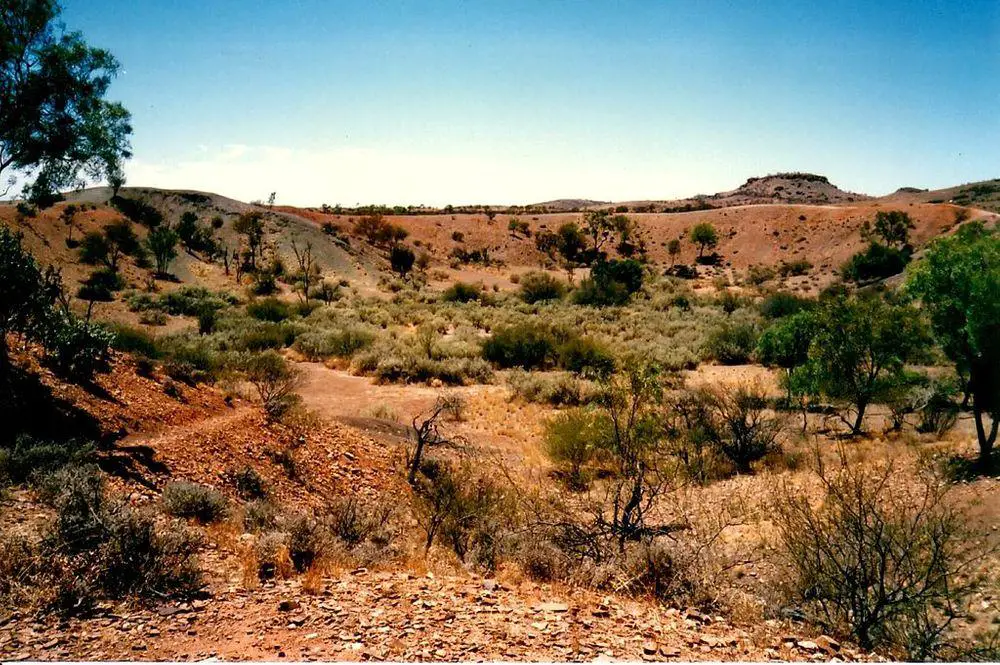
A group of 13 – 14 meteorite craters with a diameter from 7 to 180 m, up to 15 m deep. Here have been found several tonnes of meteorites. Formed some 4,200 years ago.
Boxhole crater
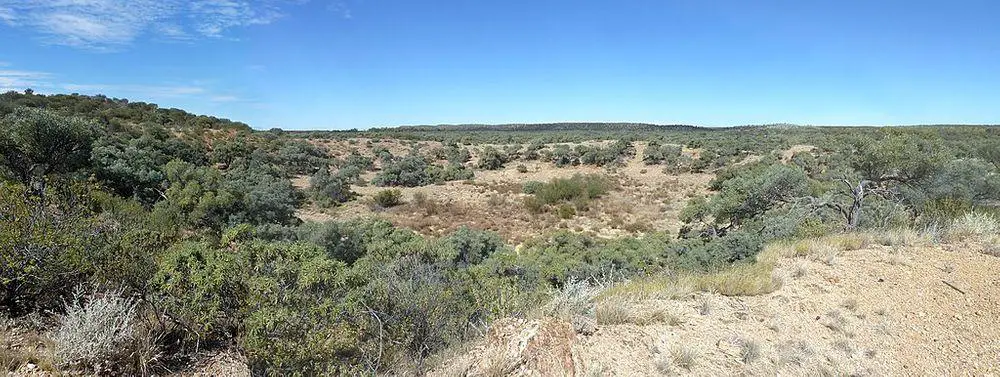
Well visible impact crater, with a diameter of 170 m. Formed some 5,400 years ago.
Ubirr (Obiri)
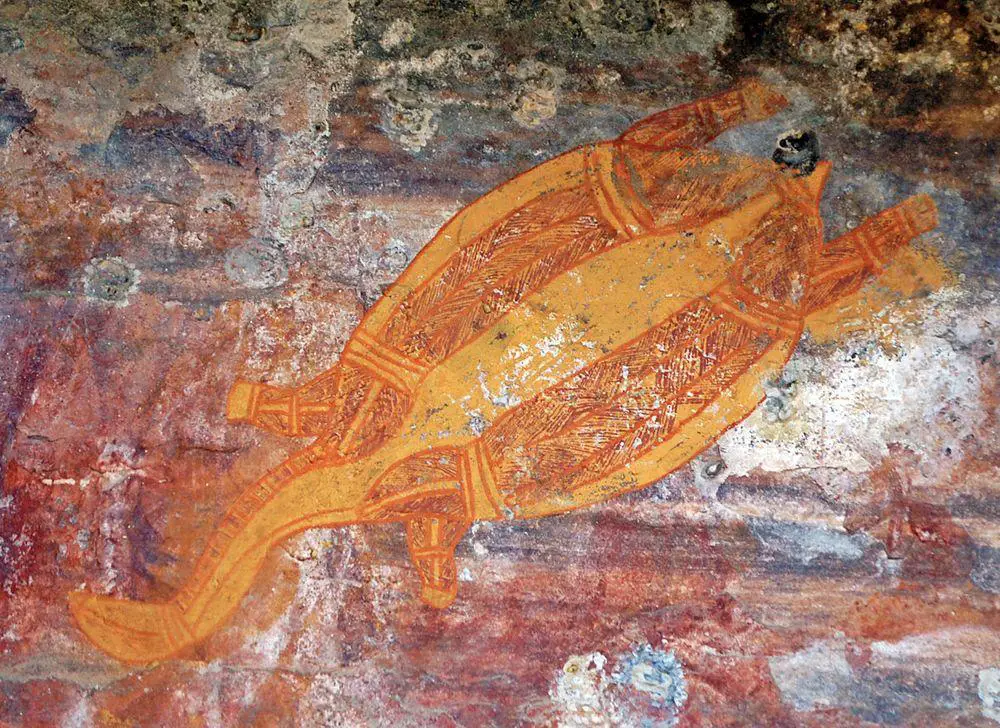
Some of the best galleries of Aboriginal X-ray style drawings, some are up to 40,000 years old. Three galleries are accessible to visitors.
Nourlangie Rock (Nawurlandja)
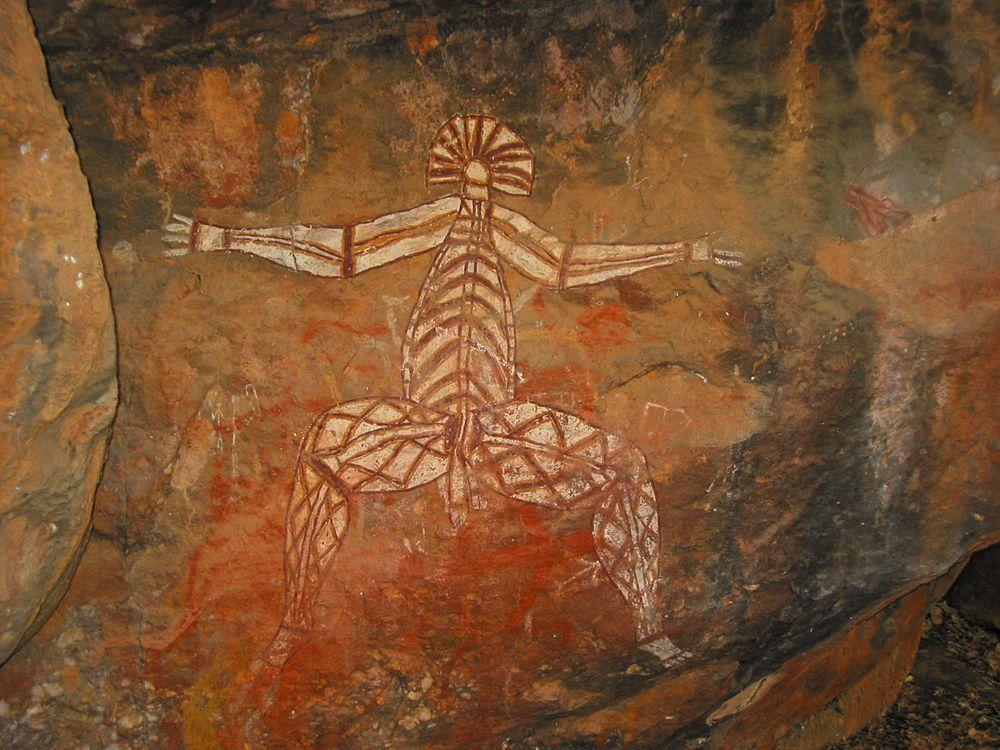
Impressive cliff with numerous ancient shelters. Some, such as Anbangbang and Nangawulurr contain impressive paintings of mythological nature.
Uluru (Ayers Rock)

One of the Australian symbols, enormous and visually very impressive sandstone inselberg, 348 meters high, and 9.4 km in circumference. A sacred place to local Aborigine peoples. Here are many springs, waterholes, caves, and rock art sites. Endemic plants.
Kata Tjuta (Mount Olga)
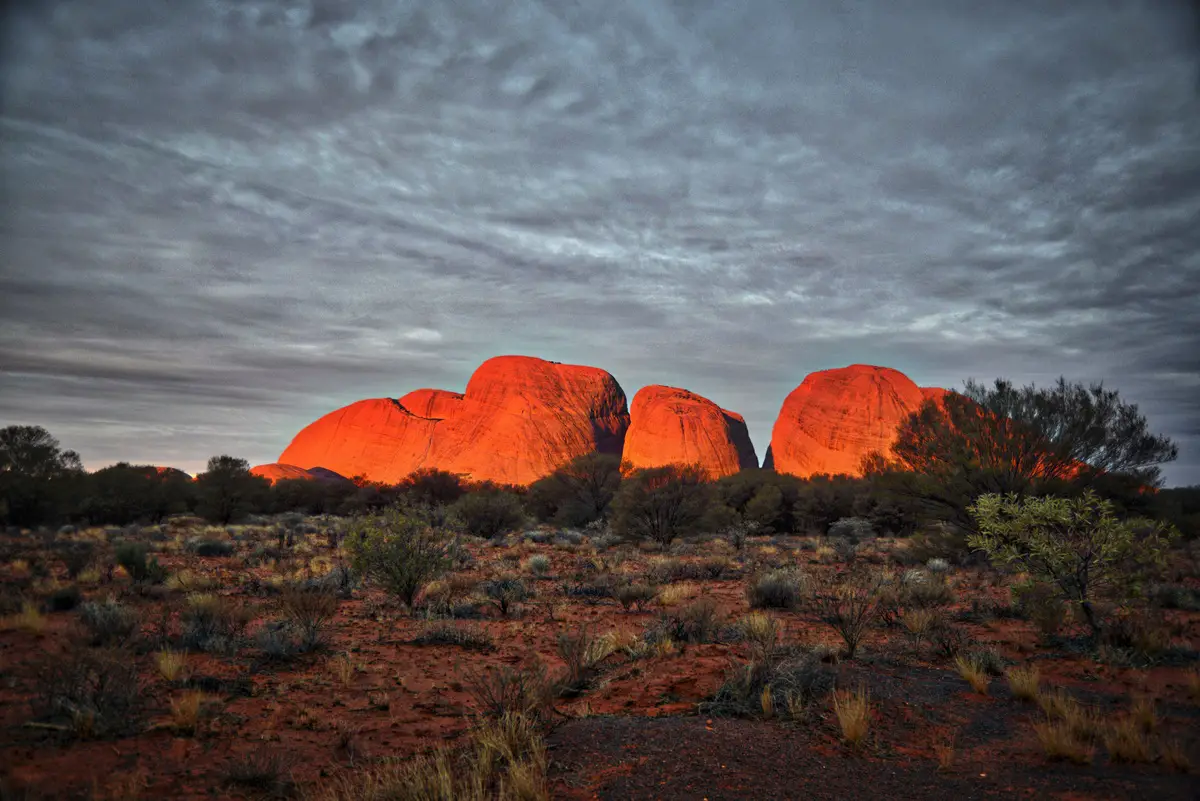
Unusual, impressive monolithic rock formation, consists of 36 steep-sided domes up to 546 meters high. A sacred place to local Aboriginal people. Endemic plants.
Devil’s Marbles (Karlu Karlu)
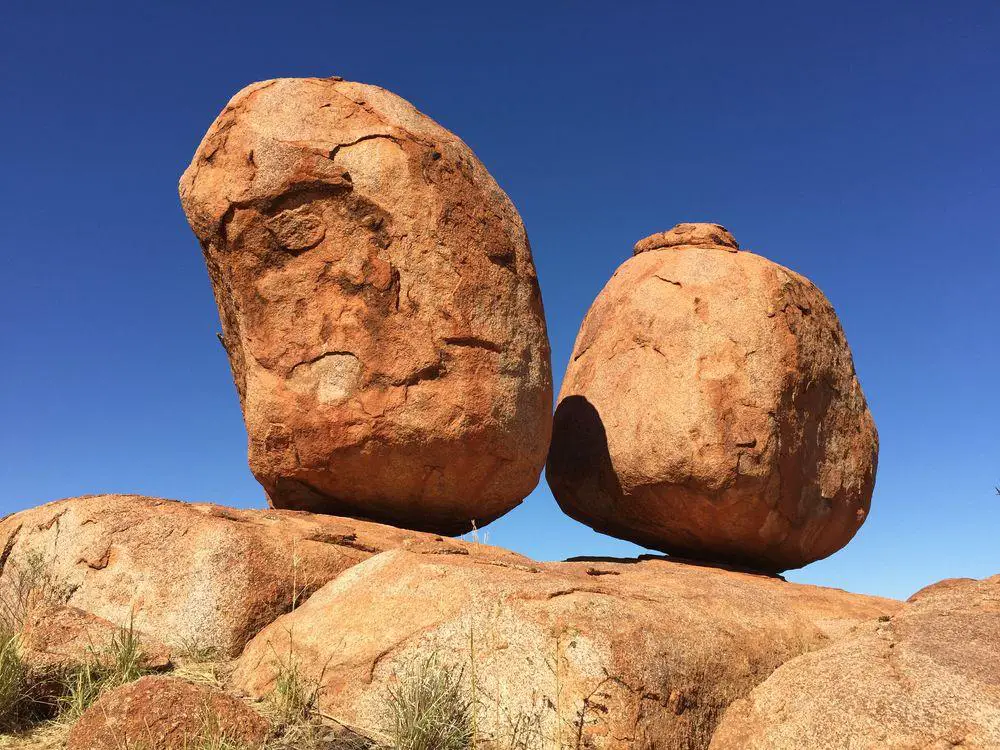
An unusual place with rounded, giant granite boulders often standing in seemingly unstable positions.
Litchfield magnetic termite mounds
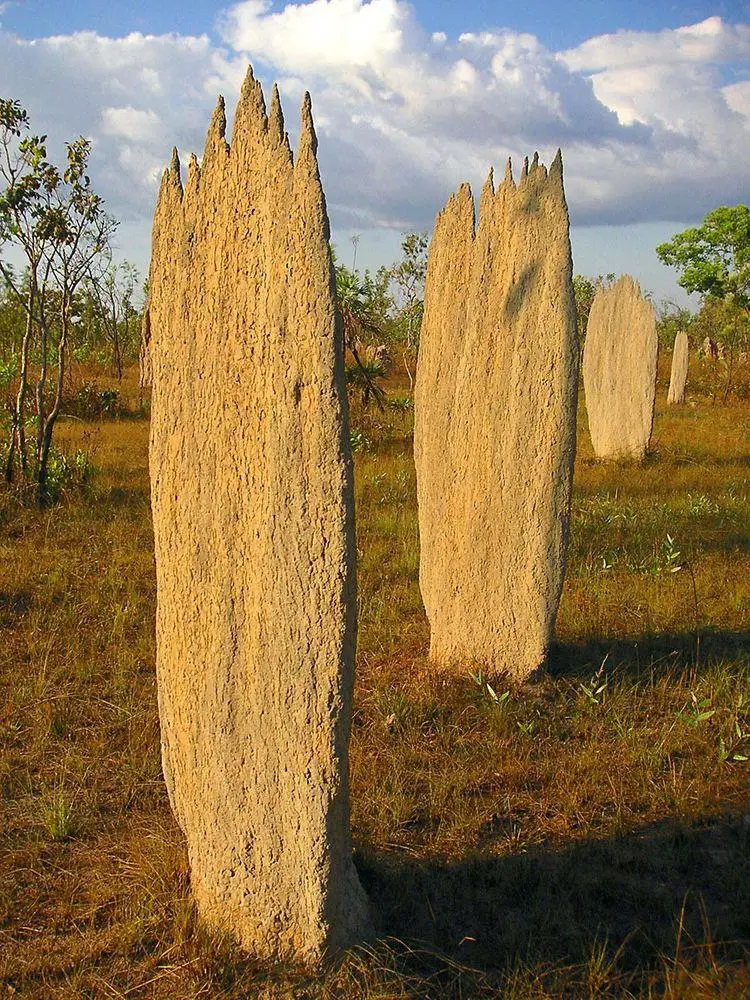
Unique landscape formed by multiple flat termite mound formations oriented in the north-south direction in order to control the temperature inside the mounds. These mounds are built by a specific species of termites – Amitermes meridionalis.
